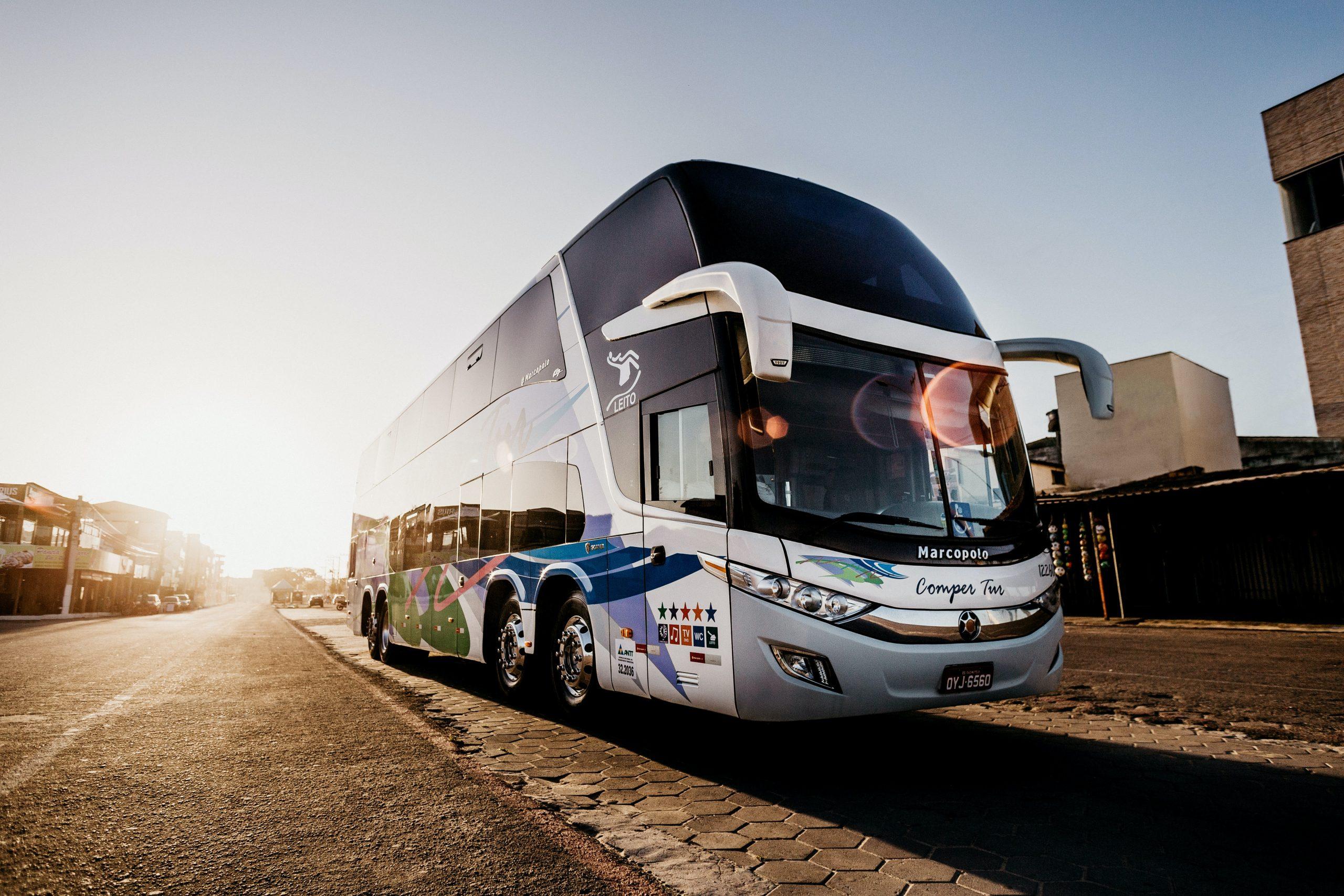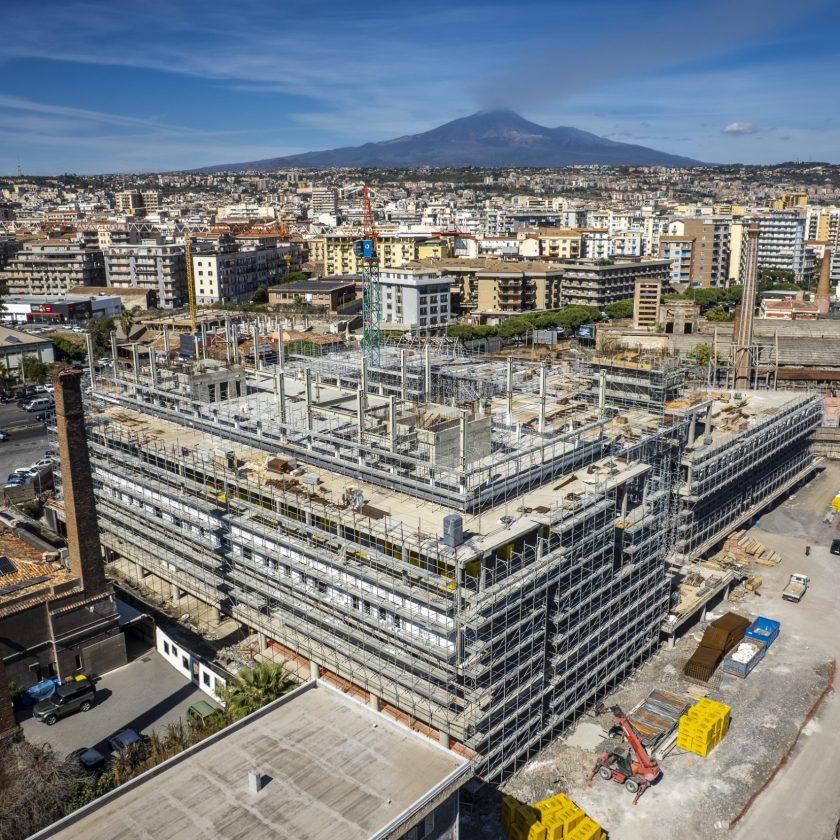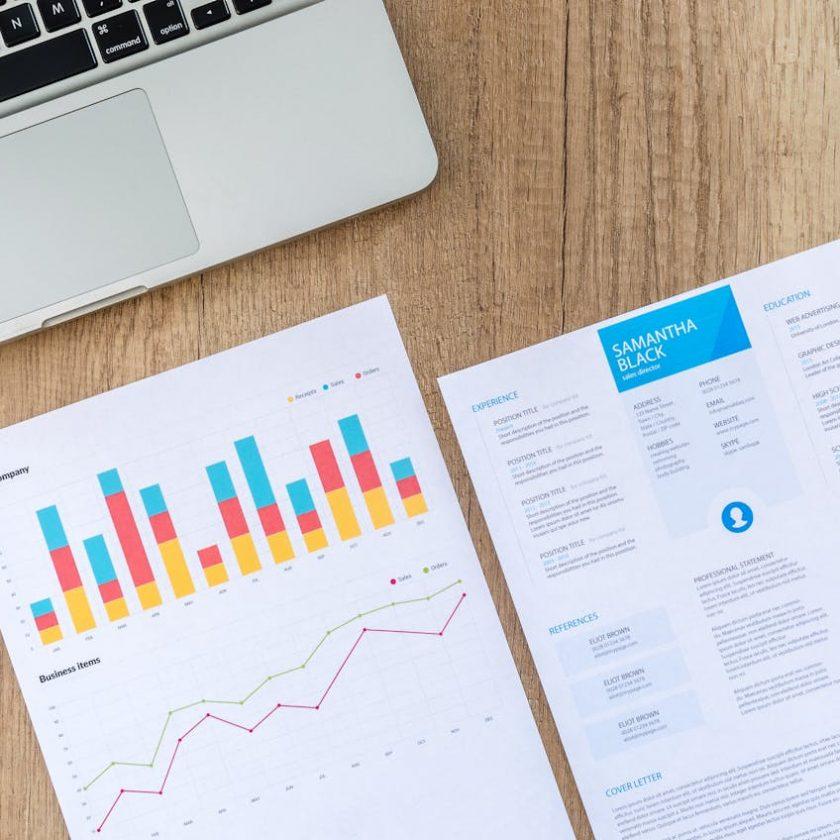Most people choose a certain mode of transportation out of convenience or to fit their budget, needs, and desires. However, different personality types may utilize different forms of transportation and may utilize the time on public transportation during a commute differently.
Before looking at the way personality may affect your decision to get on a subway, take a bus, or save up for your car, it is important to examine different personality types according to the Myers-Briggs test and categories.
Myers-Briggs Personality Traits
The Myers-Briggs personality test has become very popular in recent years, and it is used as a conversation starter, a component of job applications, and a method for introspection by many people around the world. While it is not entirely accurate, it is still interesting to see where you land and how it may affect the way your treat people, determine your career and make choices, including choices related to transportation and urban life.
According to the Myers-Briggs assessment, 16 different personality types combine to form the result of the test. These different personality types depending on likes, dislikes, strengths, weaknesses, preferences, and compatibility with others. Every one of the traits is considered equal and none of them are better than the rest. They are examined in pairs as a dichotomy.
The first dichotomy or scale is extroversion versus introversion. This distinction is designated in the personality type as a letter E or a letter I. The assessment questions are related to the way that we respond to the external world. This is also a personality dichotomy often discussed outside of Myers-Briggs. Extroverts are action-oriented and social. They are more likely to have multifaceted relationships and to feel energized, talkative, and excited around other people.
Conversely, introverts are thought-oriented and are less likely to prefer social interaction. The socialization introverts prefer is deep and meaningful, but they also like spending time alone and are not likely to seek out social interaction at the first sign of boredom.
The second Myers-Briggs scale refers to sensing or intuition, designated by an S or N. This trait is determined by the way that a person gathers information and completes research. The sensing trait is characterized by an examination of reality and learning with the 5 senses (seeing, hearing, feeling, smelling, and tasting). Sensing is associated with hands-on experience, logic, and details.
Intuition, on the other hand, is related to patterns and impressions and people high in this trait are more likely to pursue thought patterns associated with dreams, hopes, the future, and the possibilities of their decision making. It is also related to theorizing and abstract thinking.
The third component of the Myers-Briggs personality test is thinking (T) versus feeling (F) and relates to the way we make decisions based on the information we experience. The thinking trait is driven by facts, data, and details. The feeling trait is characterized by decisions based on emotion.
The last two traits are judging, as a J, and perceiving, as a P. The judging trait is associated with those who prefer structure, planning, and routine. People high in perceiving traits are more likely to prefer flexibility and adaptation to changes in schedule.
How Do Personality Traits Affect Choice of Transportation?
Most of us choose our transportation method based on necessity, convenience, cost, and other factors, but after those factors, our personality may influence our decisions on which option to take or even which route, time of day, and other elements of a commute or urban travel. In fact, while the research is limited to direct correlations, there is one study that shows personality may affect transportation choices.
Extroversion versus Introversion
This dichotomy may largely influence our transportation choices in relation to how many other people choose those options, at least when all other factors are equal. Someone extroverted may prefer to take a bus or subway and would be less likely to avoid commuting on public transportation in the middle of the day.
Someone introverted may do everything they can to commute during lags in traffic and may try to save up to buy a car so that they do not have to deal with anybody that they do not have a strong connection. They may also be more likely to choose cabs or ride-share services over bus even though it can often cost more.
Sensing versus Intuition and Thinking versus Feeling
Someone high in the sensing trait may be more likely to base their entire transportation choices on their senses like the way it appears or smells and the other sensations during the transport. They may use their senses and thoughts to ponder the most beneficial options and choose accordingly. People with the thinking trait are also more likely to use the information gathered with the senses to create data and make logical decisions based on those experiences.
People who identify with the intuition trait are more likely to seek out new experiences and make the most out of their experiences. They may even try to imagine the ways that their transportation choices can impact the future of their lives, the lives of others, or society and the environment. They may make emotional decisions; for example, someone with the feeling trait may choose the bus because it makes them feel connected to others or choose a certain vehicle because of nostalgia.
Judging versus Perceiving
This final trait scale may influence transportation choices a lot as well because the judging trait is more likely to coincide with routine and schedule. Therefore, someone with the judging trait may be more likely to choose something that runs on very specific routes each day like a bus route, train, or subway.
Someone with perceiving as the higher trait is more likely to choose things due to flexibility. This could be calling a cab or buying their vehicle and could also be a bus route that is not always on time like a rural route or one that does not have multiple buses on it at one time.
Conclusion
Everybody has a unique personality, and the Myers-Briggs test is designed to simplify certain traits that each person may exhibit. These traits may influence your choices throughout your daily life, including the way that you get around the city or country. Next time you are on the bus or in a can, try thinking about the reasons you made that decision and what other people might have done in the same situation. You may find that your choices match well with the personality traits you identify with.




